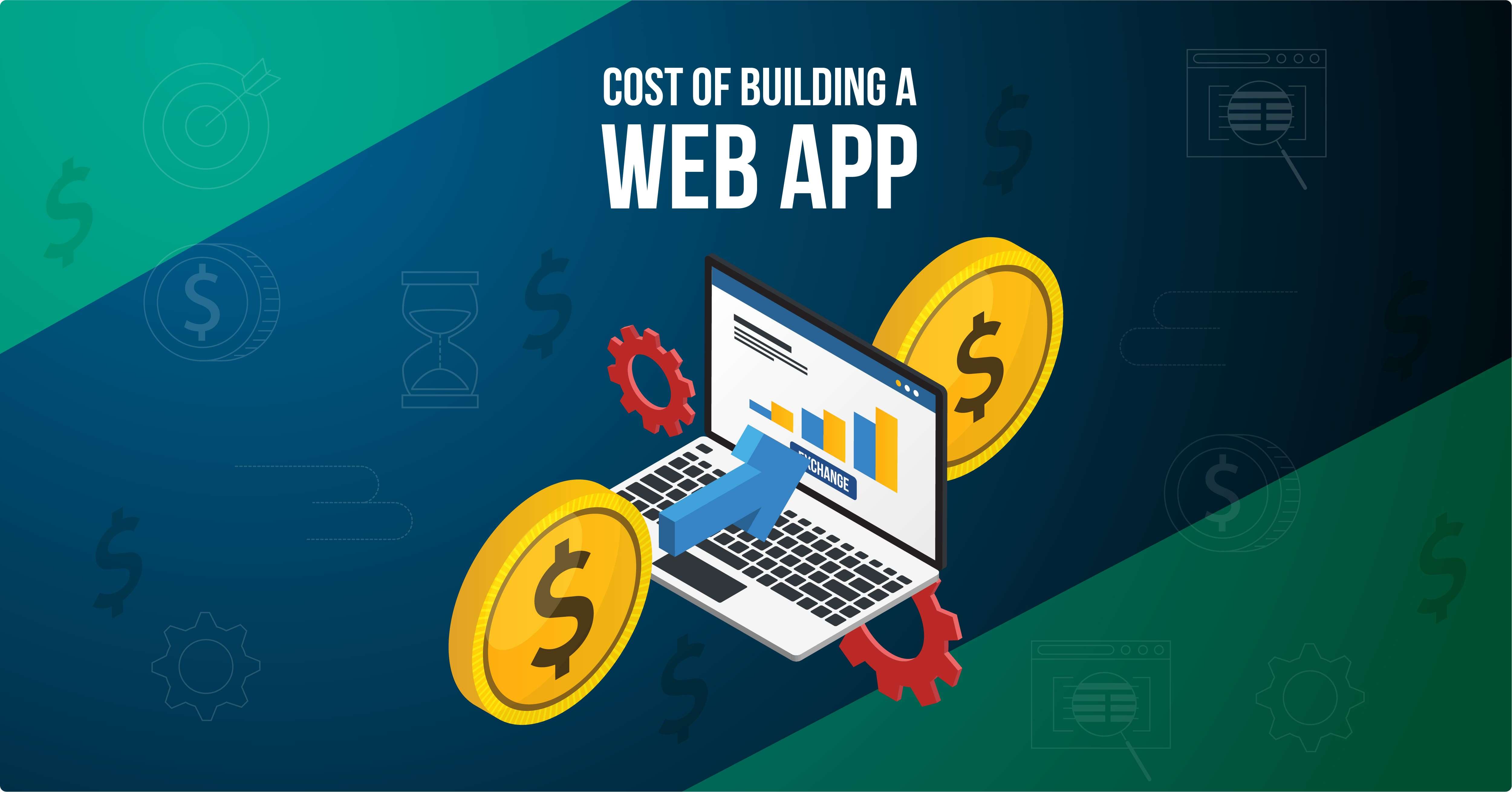Everyone wants to design a website suitable for all devices such as computers, laptops, tablets, and smartphones. Thus, the ideal option to create a responsive website is to use Bootstrap.
Bootstrap is a popular web development front-end framework. It includes pre-built components and design elements for formatting HTML content. Bootstrap is compatible with modern browsers like Chrome, Firefox, Opera, Safari, and Internet Explorer.
You’ve come to the correct spot if you’re new to the web and want to learn how to construct a responsive bootstrap website. This article will walk you through a comprehensive step-by-step process for making your site responsive with Bootstrap.
What is Bootstrap?
For those unfamiliar with Bootstrap, it is a popular CSS framework that is used to develop the front end of a website. It is flexible enough to allow you to build a website that suits your requirements and may be customized as needed.
A responsive website does not require you to be an expert. Bootstrap makes it simple to create a responsive website. But, what exactly is a responsive website?
A responsive website may be visited on a variety of screen sizes that are appropriate for all of the devices that we use mostly. The ability to display your website to a wide variety of users using many devices provides a better user experience.
Here are some focused features of Bootstrap:
-
- Except for Windows, Bootstrap 3 works with the most recent versions of Google Chrome, Firefox, Internet Explorer, Opera, and Safari. It also supports IE8 and the most recent Firefox Extended Support Release (ESR).
-
- Bootstrap 2.0 includes support for responsive web design. This implies that the layout of web pages alters dynamically according to the device used (laptop, tablet, or mobile phone).
-
- Bootstrap 3.0 introduced a mobile-first design philosophy, stressing responsive design by default.
-
- Sass and Flexbox support was included in version 4.0.
Why choose Bootstrap for responsive website design?
The main advantage of the bootstrap architecture is the abundance of available resources. Here are the top reasons why people choose Bootstrap over alternative frameworks.
-
- Flexible & scalable
Bootstrap is acknowledged as the easiest and most user-friendly framework by the best responsive web design firms. It is supposed to be quite versatile, and it may be used with CSS, LESS, or SASS.
-
- Fast to implement
The main advantage of Bootstrap is the speed with which it may be developed. Instead of writing from scratch, Bootstrap allows you to use ready-made code blocks that may be combined with CSS-LESS functionality and cross-browser compatibility to save time.
-
- Highly responsive
When it comes to responsive design, grid layout is important, and constructing a mobile-friendly website is simple and straightforward using Bootstrap. It includes predefined classes that aid in determining the number of places in the grid system. Responsive design is made simple with Bootstrap.
-
- Consistent support
Because Bootstrap is used by so many web developers throughout the world, the support community is vast, and all of your issues will be resolved quickly. Bootstrap is constantly updated to ensure that the framework is bug-free.
-
- Simplified integrations
Bootstrap is compatible with various platforms and frameworks due its capability to integrate components flexibly. It includes pre-styled components for notifications, drop down menus, and navigation bars, among other things. It has a lot of features and can be used to create any responsive website.
Bootstrap is a clean, powerful, and straightforward framework for quickly and easily developing responsive websites. Use Bootstrap’s capabilities to create unique and fully functional responsive websites.
Why you need a responsive web design?
Designing flexible and mobile-friendly websites, digital portals, and UI apps has become lot easier and more comfortable using Bootstrap and adopting the flexible grid method. Responsive web design guarantees that the user interface of a website is uniform across all platforms.
Here are the top benefits of implementing a responsive web design:
-
- Improves your SEO rankings
Even as Google emphasizes mobile-first indexing, your SEO rankings are dependent on how user-friendly and speedy your mobile website is. If a user exits your mobile site quickly after entering, the bounce rate rises and the site suffers.
-
- Mobile-friendly technology
A responsive site design eliminates the need to zoom in and out, as well as scroll right and left. Users will have enough room and visibility for various tabs and call to action taps. This not only improves search results for mobile websites, but it also delivers fluidity and an optimal user experience.
-
- Leads & conversion-oriented
Bounce rates will rise if the design is attractive and user-friendly. The higher the volume of traffic, the smoother the experience, and the higher the sales and profitability. All of this is feasible with a small investment in responsive web design, which delivers huge returns in terms of traffic and revenue.
-
- More cost & time saving
Companies who use responsive web design save time and money by not having to invest in a mobile version in addition to a desktop version. Whether you need to build, grow, or update, everything is done in one location, making it more cost-effective and time-consuming.
-
- Better analytical outcomes
With a single design that works across numerous platforms, tracking the growth of your site becomes much easier. Your data science and analyticaal tools can produce superior outcomes since all reports and data originate from a single source. Analytics can track the click clounts and help users to reach their goals.
Despite the fact that there are many modern and efficient frameworks available for front-end development, Bootstrap remains the preferred option of the finest responsive web design businesses and top freelancers since it has shown to be effective since its inception.
Using Bootstrap to build responsive website
A responsive website is made up of five primary components. The following are the major components of a responsive website.
-
- Navigation
-
- Information area
-
- Contents section
-
- Right Sidebar
-
- Footer.
Implementing navigation bar
The Bootstrap framework includes a feature known as navigation bars. A navigation bar (also known as navbars) is a header at the top of a page that displays navigational information.
<nav class=”navbar fixed-top navbar-expand-md navbar-light bg-light”>
As you can see, I’ve also utilized other classes like fixed-top, navbar-light, and bg-light. These determine the text’s appearance, backdrop, and so on.
Setting up the marketing section
A div with the jumbotron class will be used to construct the marketing area. Add a h1 with the display-2 class, a paragraph, and a link with the btn btn-primary btn-lg classes within it. The display-2 class highlights a common heading. The same is true for the tag’s lead class.
Including content section
We’ll be employing the new Flexbox-based Bootstrap grid system for the content area. We begin by dividing the paper into two columns, one larger and one smaller. Bootstrap makes it simple to nest columns simply inserting a div element with the row class within the contained column. You can’t have more than 12 columns in total, but you may absolutely have fewer.
Creating the Appropriate Sidebar
Once you’ve completed a large portion of the website, it’s time to prepare the appropriate sidebar. In the case of our website, you should include the vertical navigation list in the sidebar. You can use the following code to implement it:
<ul class=”nav nav-pills flex-column”>
<li class=”nav-item”>
<a class=”nav-link active” href=”#”>Key tutorials</a>
</li>
<li class=”nav-item”>
<a class=”nav-link” href=”#”>Learn from experts</a>
</li>
<! — more links →
</ul>
Making the Footer
Our footer will be a one-column container containing copyright information. But now that you understand how the Bootstrap grid works, you can make it as intricate as you want. Use the following code to deploy this section:
<footer class=”container mt-4″>
<div class=”row”>
<div class=”col”>
<p class=”text-center”>Design by <a href=”#”>Zetiz Labs</a></p>
</div>
</div>
</footer>
Implementing feature section
What transpired in this part is easily understood for desktop, tablet, and mobile versions. But, to keep things simple, consider how this occurs. To make this type of section responsive, you must utilize the Bootstrap grid system.
As a consequence, we can state that creating a responsive website is not a tough effort. You may make it more appealing by modifying specific attributes. It is totally up to you how appealingly you present the website, so consider this and plan how my website will seem on various devices.
Collaborate with the most talented dedicated developers for web & mobile app
| Website design & development Company in USA | Hire Dedicated Developers |
| Hire Node JS Developers | Hire Mean Stack Developers |
| Hire Dedicated Mern Stack Developers | Hire dedicated Software Developers |
Key Takeaways
Today, the responsiveness of a website is a must. We’ve explored a few strategies for responsive approaches in this blog, but it’s not enough. This is something you’ll have to deal with on a frequent basis. Only then will you be able to grasp and penetrate a little deeper than before.
Techpotam has a team of experts who are well-versed in web app development using the latest technologies. They have built responsive websites for different businesses serving many industries. Just share your requirements with our team and embrace the opportunity of getting ahead of your competitors.
Techpotam has established in various other countries, offering business-oriented solutions. You can find us as












